In the vast world of numismatics, certain coins have garnered immense attention due to their rarity and historical significance.
While many collectors are familiar with the likes of the 1933 Double Eagle or the 1913 Liberty Head nickel, there exist other, less-publicized coins that hold substantial value.
This article delves into four such coins, exploring their origins, unique features, and the reasons behind their impressive market worth.
1. 1652 New England Threepence
Historical Context: Minted in 1652, the New England Threepence is among the earliest coins produced in colonial America. Its creation was a bold move by the Massachusetts Bay Colony, asserting a degree of independence from British monetary systems.
Unique Features: The coin’s design is notably simplistic, featuring “NE” on the obverse and the Roman numeral “III” on the reverse, indicating its threepence denomination. This minimalist approach was due to the colony’s limited minting capabilities at the time.
Market Value: In November 2024, a rare specimen of the 1652 New England Threepence sold at auction for a staggering $2.52 million, setting a new world record for such coins. Its rarity and historical significance contribute to its high value.
2. 1870-CC Double Eagle Gold Coin
Historical Context: The Carson City Mint in Nevada began operations in the late 19th century, producing coins that have since become highly sought after by collectors. The 1870-CC Double Eagle is one of the most coveted from this mint.
Unique Features: Bearing the “CC” mint mark, this $20 gold coin is distinguished by its limited mintage and the historical context of the Carson City Mint’s operations during the post-Gold Rush era.
Market Value: In a recent auction, an 1870-CC Double Eagle fetched $1.44 million, underscoring its desirability among numismatists.
3. 1933 Saint-Gaudens Double Eagle
Historical Context: The 1933 Double Eagle holds a unique place in U.S. coinage history. Although 445,500 specimens were minted, none were officially circulated due to the U.S. abandoning the gold standard that year. Most were melted down, making surviving specimens exceedingly rare.
Unique Features: Designed by Augustus Saint-Gaudens, the coin features Lady Liberty striding forward on the obverse and a majestic eagle in flight on the reverse. Its artistic design is often hailed as one of the most beautiful in American coinage.
Market Value: In June 2021, a 1933 Double Eagle sold at auction for $18.9 million, setting a record for the most expensive coin ever sold.
4. 1913 Liberty Head Nickel
Historical Context: The Liberty Head nickel was officially replaced by the Buffalo nickel in 1913. However, five Liberty Head nickels bearing the 1913 date were clandestinely minted, making them one of the most famous rarities in U.S. coinage.
Unique Features: With only five known specimens, each has a well-documented provenance. Their unauthorized minting adds an element of intrigue to their history.
Market Value: One of these nickels sold for $4.2 million in a private sale in October 2022, reflecting its status as a numismatic treasure.
Comparison Table of Lesser-Known Valuable Coins
| Coin Name | Year | Mint Mark | Notable Feature | Recent Auction Price |
|---|---|---|---|---|
| 1652 New England Threepence | 1652 | N/A | Simplistic “NE” design | $2.52 million |
| 1870-CC Double Eagle | 1870 | CC | Carson City Mint origin | $1.44 million |
| 1933 Saint-Gaudens Double Eagle | 1933 | N/A | Withdrawn from circulation | $18.9 million |
| 1913 Liberty Head Nickel | 1913 | N/A | Unauthorized minting | $4.2 million |
The allure of coin collecting often lies in the stories behind each piece. These lesser-known coins, with their unique histories and rare features, exemplify the rich tapestry of numismatic treasures waiting to be discovered. For collectors and enthusiasts, they serve as reminders of the intricate interplay between history, art, and currency.
FAQs
What makes a coin valuable to collectors?
Several factors contribute to a coin’s value, including rarity, historical significance, condition, and unique features such as minting errors or limited production runs.
How can I determine the authenticity of a rare coin?
It’s advisable to consult with professional numismatists or reputable coin grading services. They can provide certification and detailed assessments of a coin’s authenticity and condition.
Are all old coins valuable?
Not necessarily. While age can contribute to a coin’s value, other factors like rarity, demand, and condition play significant roles. Some old coins are common and hold little more than face value.

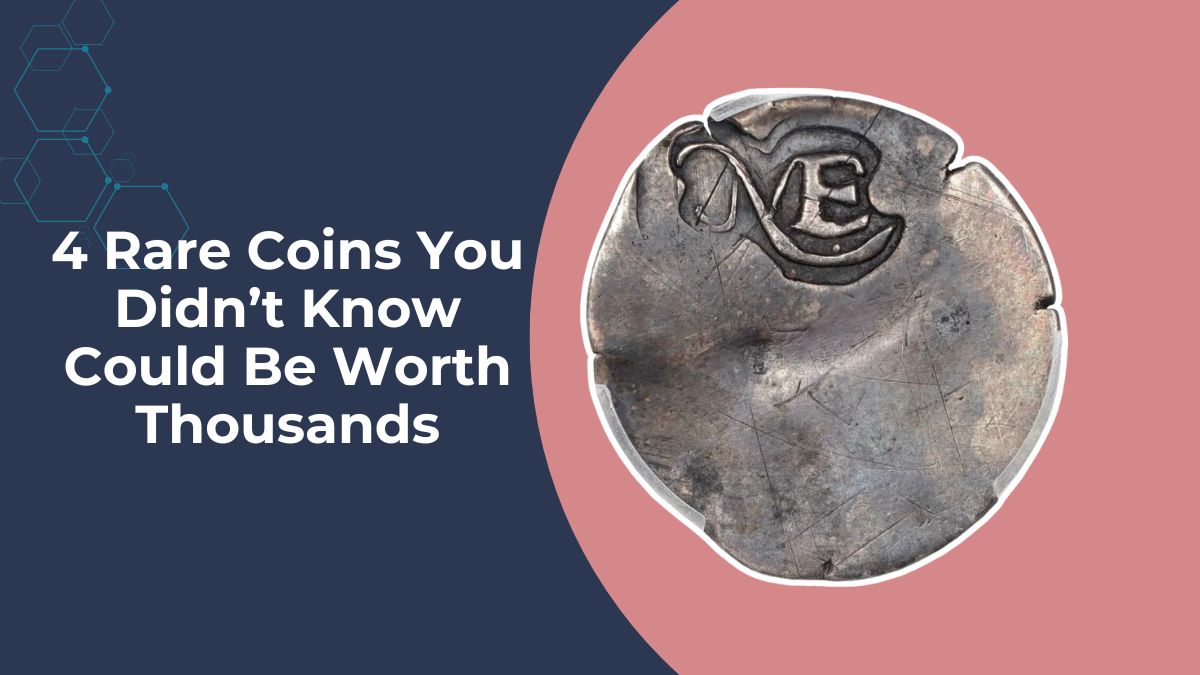
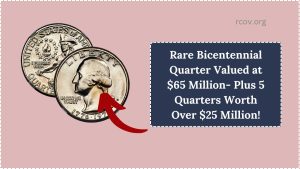
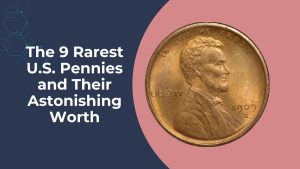

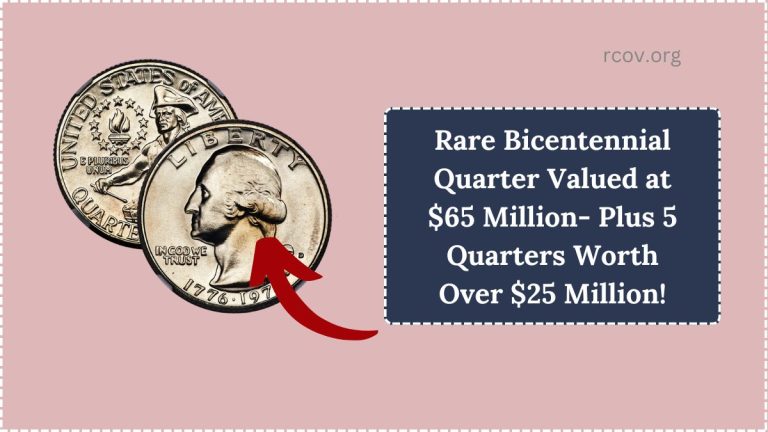
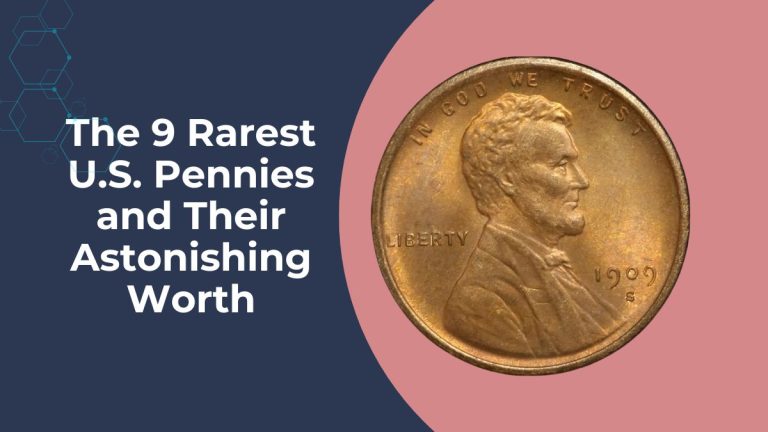
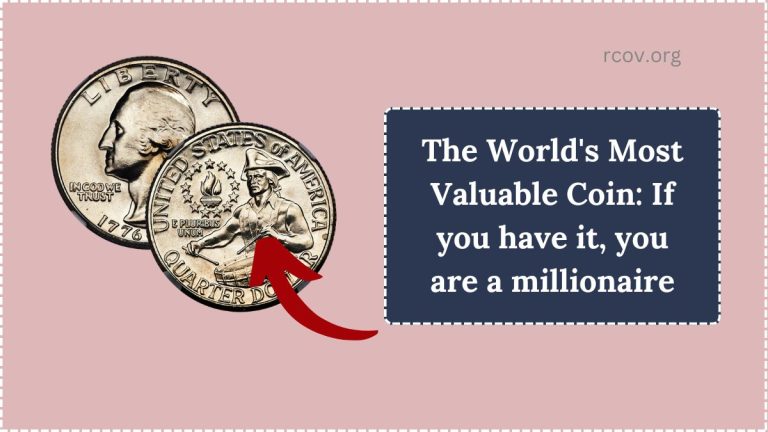
I have 2 1943 pennies… contact me,first come first serve